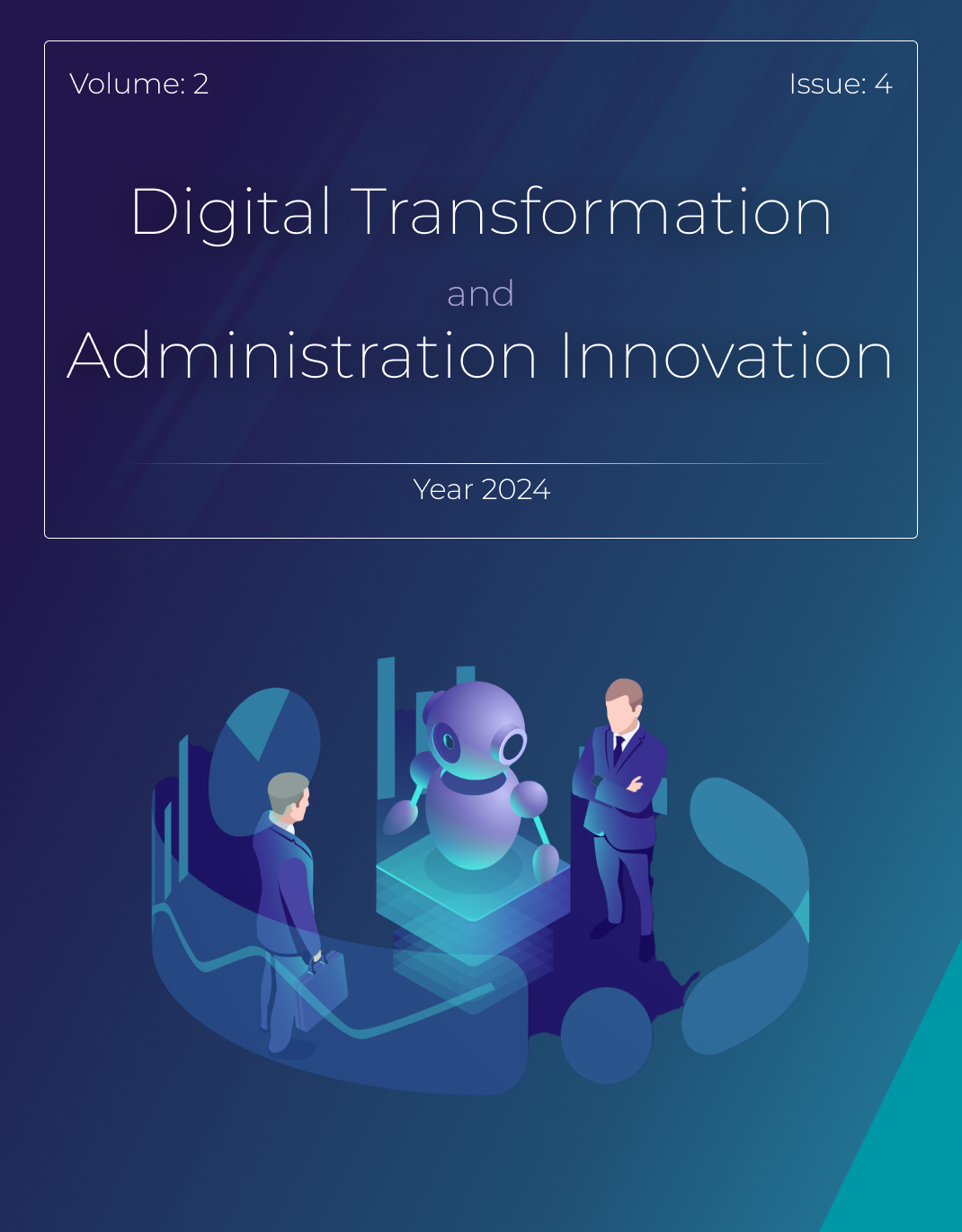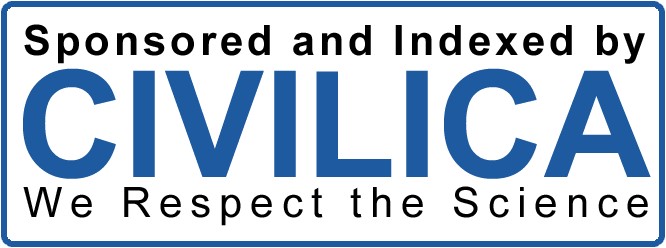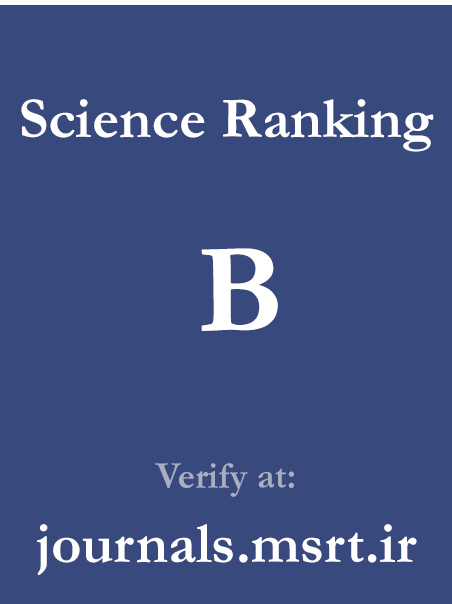Social and Entertainment Motives Affecting Maximum Audience Attractions of Iraqi Television Political Programs
Keywords:
social motivation, entertainment motivation, audience, political program, television, IraqAbstract
The main objective of the present study is to identify and analyze the social and entertainment motivations influencing maximum audience engagement in Iraqi television political programs. This research was conducted using a mixed-methods approach (qualitative and quantitative). In the qualitative phase, the study was carried out exploratorily through in-depth interviews with experts in the field of television and political programming. The credibility of the interviews was assessed using appropriate scientific techniques. The quantitative phase employed a descriptive–survey method, and the data collection tool was a questionnaire developed based on the findings of the qualitative phase. The qualitative statistical population consisted of 14 experts and specialists in television and political programs, selected purposefully. In the quantitative phase, the statistical population included 8,000 viewers of television political programs, from which a sample size of 383 individuals was determined using the Morgan table. Face and content validity of the questionnaire were evaluated by experts, and its reliability was confirmed using Cronbach’s alpha coefficient. The results indicated that Cronbach’s alpha for social factors was 0.71 and for entertainment factors was 0.82, demonstrating acceptable reliability of the measurement instrument. The collected data were analyzed using SMART PLS software (structural equation modeling) and SPSS version 22. The findings revealed that social motivations—including understanding the analytical and documentary aspects of programs, becoming informed about experts’ viewpoints across different orientations, benefiting from multidimensional analyses, interacting with viewers, creating spaces for dialogue, and emphasizing plurality of voices and diversity of perspectives—had a correlation coefficient of 0.961. Furthermore, entertainment motivations—including gaining general awareness of the current political situation, filling leisure time, reducing concern about political problems, obtaining precise and up-to-date information regarding the political condition of the country, and becoming aware of domestic developments—were also confirmed with a correlation coefficient of 0.961.
Downloads
References
Bryant, J., & Vorderer, P. (2013). Media Effects: Advances in Theory and Research. Routledge. https://books.google.com/books?hl=en&lr=&id=2BeOAgAAQBAJ&oi=fnd&pg=PP1&dq=Bryant,+J.+and+P.+Vorderer+(2013).+Media+Effects:+Advances+in+Theory+and+Research,+Routledge.+%09&ots=M6AZpQA7eg&sig=Ni4Vf57j3Biopi9vSZPeWi4FWWI
Chan, Y. (2011). Modeling Audience Interactivity as the Gratification‐Seeking Process in Online Newspapers. Communication Theory, 21(1), 67-89. https://doi.org/10.1111/j.1468-2885.2010.01376.x
Eskandarian, G., Jafarzadeh Pour, F., & Zamani, S. (2020). Typology of Cultural Consumption Patterns Among the Youth Generation. Quarterly Journal of Cultural Studies(4), 1-30. https://socialstudy.ihcs.ac.ir/mobile/article_5948.html
Farghani, M. (2019). Conditions and Processes Influencing the Consumption of Entertaining Political Programs Among Young Audiences. Quarterly Journal of Media and Culture, 9(1), 255-291. https://www.sid.ir/paper/360755/fa
Farghani, M., & Mowzenn, K. (2017). Structural and Content Typology of Entertaining Political Programs of Manoto, Voice of America, and Islamic Republic of Iran Broadcasting. Quarterly Journal of Communication Research, 24(3), 41-60. https://cr.iribresearch.ir/article_28661.html
Guo, M., & Chan-Olmsted, S. M. (2015). Predictors of Social Television Viewing: How Perceived Program, Media, and Audience Characteristics Affect Social Engagement With Television Programming. Journal of Broadcasting & Electronic Media, 59(2), 240-258. https://doi.org/10.1080/08838151.2015.1029122
Hadeed, N. R. (2020). COVID-19 News Coverage on Afghan Commercial Television: The "Dresden Syndrome" and the Issue of Audiences' Psychosocial Needs. Global Media Journal - Persian Edition, 15(2), 59-77.
Haryantiningrum. (2023). Brand Placement Effectiveness on TV Series Moderated by Identification With Characters. 593-604. https://doi.org/10.2991/978-94-6463-234-7_61
Hikmatnia, A., & Rajabzadeh, A. (2024). Structures of Interaction with Audiences in Reality-Based Television Shows. Proceedings of the International Conference on Management, Culture, and Art Studies, https://www.sid.ir/paper/1407765/fa
Homayoun, M., Yousefi, J., & Aminiharandi, R. (2015). Reasons and Motivations for Audience Attendance at Comedy and Popular Theaters in Tehran: A Ethnographic Approach. Quarterly Journal of Culture-Communication Studies, 16(31). https://www.jccs.ir/article_12598.html
Muller, F., & Hermes, G. (2010). The Performance of Cultural Citizenship: Audiences and the Politics of Multicultural Television Drama. Critical Studies in Media Communication, 27, 193-208. https://doi.org/10.1080/15295030903550993
Niko, M., Saidian, A., Sarkisian, V., & Sheikh, S. (2002). Understanding the Television Audience: An Approach to Use and Satisfaction. Soroush Publications. https://www.sid.ir/paper/422243/fa
Roshandel Arbatani, T., & Zarei, M. (2019). Identifying and Ranking Factors Affecting the Decline in Viewership of the Islamic Republic of Iran Television. Quarterly Journal of Media, 30(1). https://www.noormags.ir/view/en/articlepage/1488266/
Saeidi, K., Farhangi, A. A., & Soltanifar, M. (2017). Television Advertising Effectiveness on Audiences of the Islamic Republic of Iran Broadcasting (Case Study: Bank Refah). Journal of Communication Research, 24(3), 61-91. https://cr.iribresearch.ir/article_28770.html?lang=en
Shakir, N. M., & Allaw, H. A. (2022). Behavioural effects resulting from the demonstrators' reliance on satirical TV program sites regarding Tishreen's popular activity in Iraq. Vegueta. Anuario de la Facultad de Geografía e Historia, 22(3), 1216-1234. https://www.researchgate.net
Sharma, D., & Meena, R. (2024). Impact of COVID-19 on TV advertisements: informational, transformational & narrative analyses of post-COVID-19 TV advertisements. Journal of Marketing Communications, 30(1), 21-48. https://doi.org/10.1080/13527266.2022.2098518
Yousef Al-Qulaini, S., Murtada Ali Mahmoud, M., & Salman Darwish Al-Jubouri, A. (2019). The role of state television in shaping public opinion trends towards issues of national unity in Iraq. Annals of the Faculty of Arts, Ain Shams University, 47(july-september (A)), 230-254. https://aafu.journals.ekb.eg/article_94422.html?lang=en
Zheltukhina, M. R., & Radhi, W. S. (2023). Analytical study of cultural programs of Iraqi satellite TV channels. Rudn Journal of Studies in Literature and Journalism, 28(1), 122-131. https://doi.org/10.22363/2312-9220-2023-28-1-122-131
Downloads
Published
Submitted
Revised
Accepted
Issue
Section
License
Copyright (c) 2025 Islam Hasan Jawad Al Saadi (Author); Ali Rashidpoor (Corresponding author); Adel Abd-Alrazaq Mostaf Ghrairi, Mehrdad Sadeghi (Author)

This work is licensed under a Creative Commons Attribution-NonCommercial 4.0 International License.






